 |
,
Rethinking Automation Culture Abstract Biography |
CEO Summit Fab Management Forum SMART Medtech Advanced Packaging Conference imec ITF Future of Work Chip in SEMI Doc Premiere Future of Computing Future Disruptions Global GAAC Summit Electrification & Power Semiconductors SMART Manufacturing Materials Innovations Entegris ATREG Integrated Photonics Beneq Innovation Showcase (pre-recorded) SOI Industry Consortium EU DIGITAL FUTURE FORUM |
|
| A | To top | ||
 |
Air Liquide Advanced Materials (ALAM) |
Girard, Jean-Marc
Coming Soon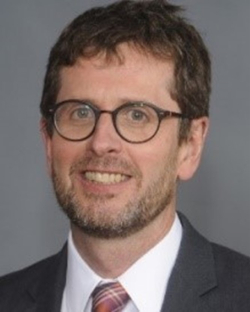
 Abstract Biography |
imec ITF |
 |
Applied Materials |
Reeves, Chris
Rethinking Automation Culture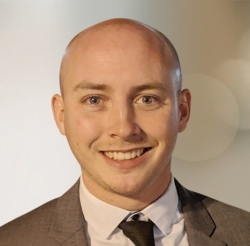
 Abstract Biography |
SMART Manufacturing |
| Applied Materials GmbhH |
Neuber, Andreas
Continuous Sustainability Improvements in Subfab Operation Using Advanced Communication Capabilities as a Cooperative Effort of Multiple StakeholdersAbstract Biography |
Fab Management Forum | |
 |
ASE, Inc. |
Cao, Lihong
Topic Coming Soon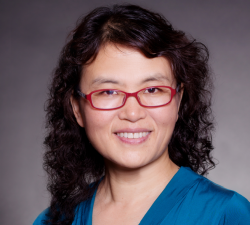
 Abstract Biography |
Advanced Packaging Conference |
 |
ASM |
Khazaka, Rami
Epitaxial Growth of SiGe/Si Multi-Layers for Advanced Logic Devices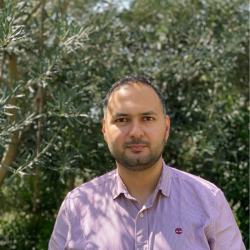
 Abstract Biography |
Materials Innovations |
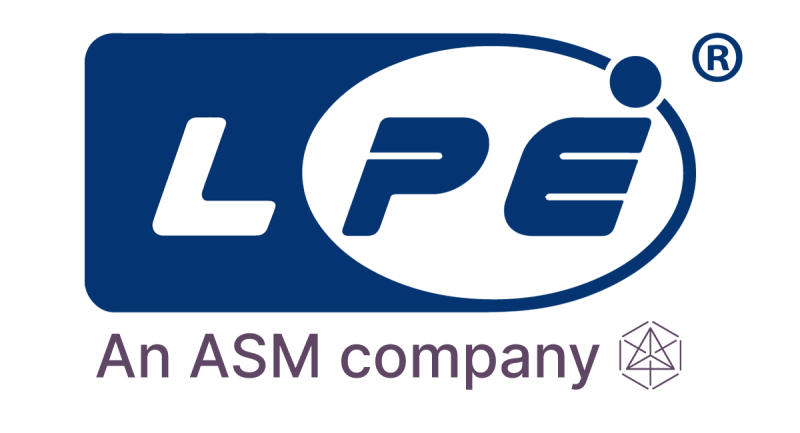 |
ASM International |
Preti, Silvio
Paving the Road to Electrification - Approaches to Silicon Carbide epitaxy - Materials and Challenges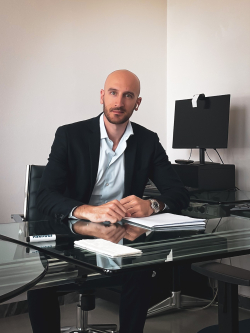
 Abstract Biography |
Electrification & Power Semiconductors |
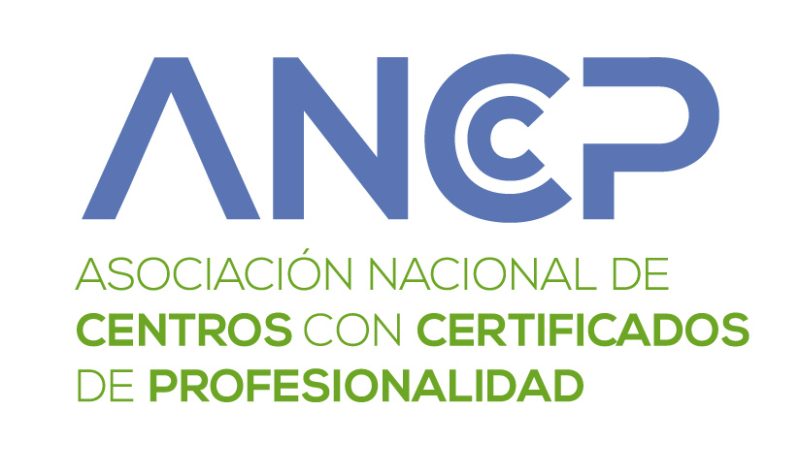 |
ASOCIACION NACIONAL DE CENTROS CON CERTIFICADOS DE PROFESIONALIDAD |
Miralles, Imma
Official national VET administration accreditation of ECOVEM Spanish courses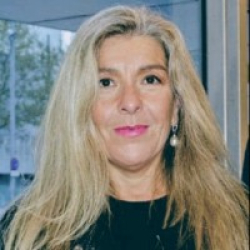
 Abstract Biography |
Future of Work |
| Athinia Technologies |
Han-Adebekun, Chris
Smart data sharing enables semi-ecosystem collaboration on the path to net-zeroAbstract Biography |
Innovation Showcase (pre-recorded) | |
 |
ATREG, Inc. |
Rothrock, Stephen
Topic Coming Soon Abstract Biography |
ATREG |
 |
AT&S Austria Technologie & Systemtechnik Aktiengesellschaft |
Voraberger, Hannes
Latest Solutions in the Energy Efficiency of Electronic Systems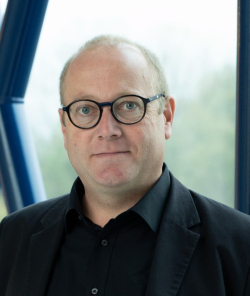
 Abstract Biography |
Advanced Packaging Conference |
 |
Automotive |
Lobo, Ashley
An Overview of Silicon Carbide Packaging for Power Electronics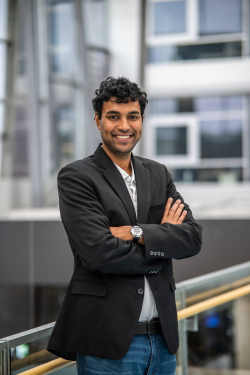
 Abstract Biography |
Advanced Packaging Conference |
| B | To top | ||
 |
Beneq |
Perros, Alexander
ALD Applications for More-than-Moore: Overview and Case Example from SiC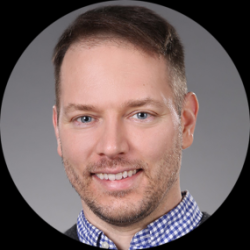
 Abstract Biography |
Beneq |
 |
Bluefors |
Salmela, Anssi
Future Computation Technology from Cryogenics Point of View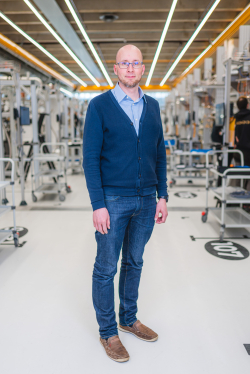
 Abstract Biography |
Future of Computing |
 |
Boston Consulting Group |
Mohr, Jan-Hinnerk
Moderator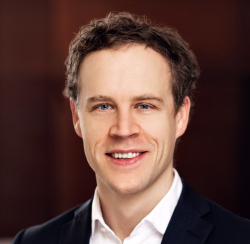
 Abstract Biography |
imec ITF |
| C | To top | ||
 |
Cadence |
Nisewaner, Karna
The Journey to Sustainable Intelligent System Design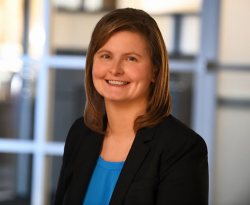
 Abstract Biography |
imec ITF |
 |
Cadence |
Dobson, Rebecca
The Opportunities from Generative AI for Intelligent System Design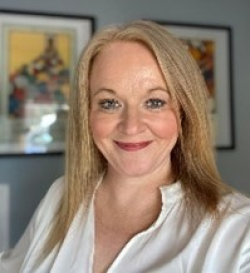
 Abstract Biography |
CEO Summit |
 |
Canatu |
Salmi, Emma
Carbon Nanotube Membranes for EUV Photolithography– a Versatile Material Platform Abstract Biography |
Materials Innovations |
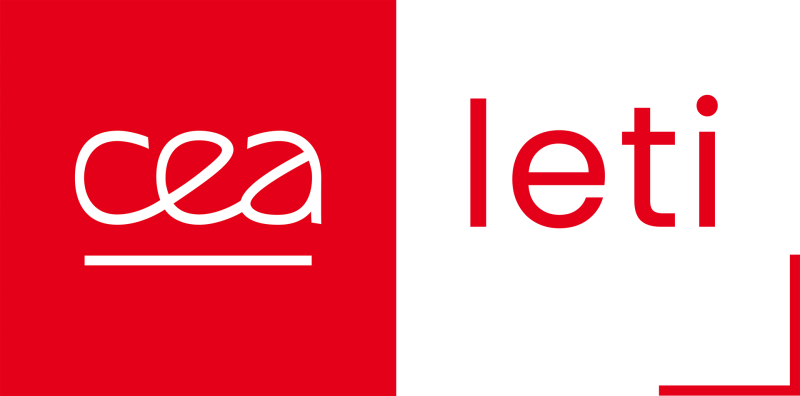 |
CEA-Leti |
Dauvé, Sébastien
Boosting Technological Innovation and its Impact on Society – the Vital Role of RTOs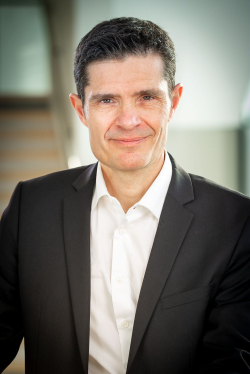
 Abstract Biography |
CEO Summit |
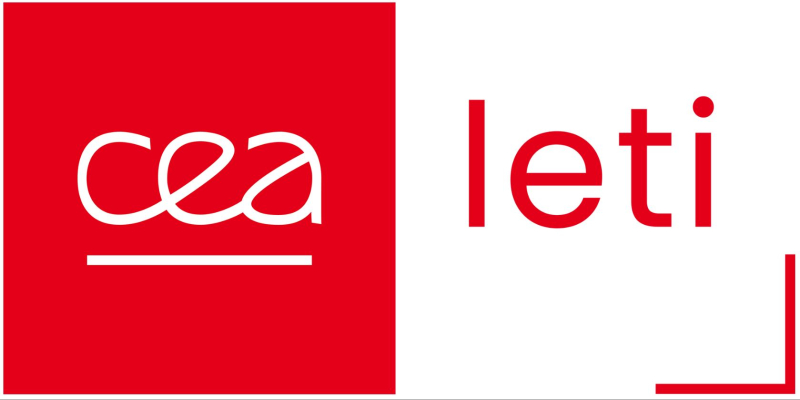 |
CEA-Leti |
Faynot, Olivier
FD-SOI Technology scaling down to 10nm.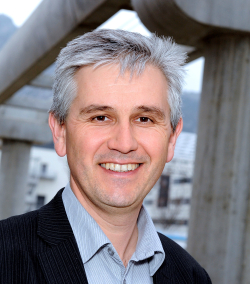
 Abstract Biography |
SOI Industry Consortium |
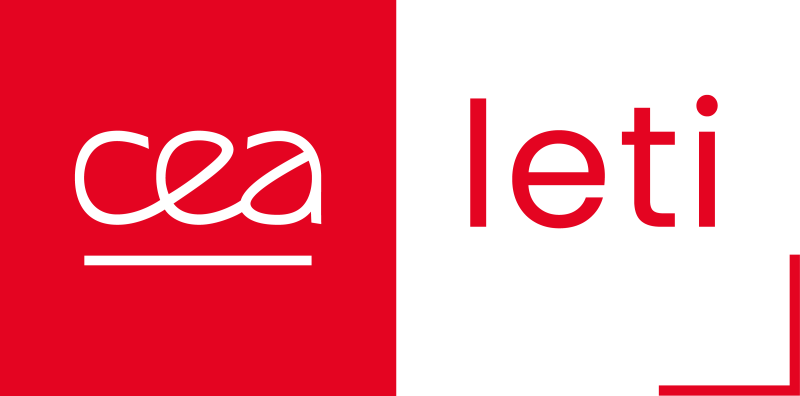 |
CEA/Leti |
Le Van-Jodin, Lucie
2D Materials for Future Microelectronic Devices Abstract Biography |
Materials Innovations |
| Cohu, Inc. |
Cockburn, Peter
Opening RemarksAbstract Biography |
Advanced Packaging Conference | |
 |
Comet Group |
Haferl, Stephan
Curiosity & Collaboration: Innovating Together for the Sustainable Progress of the Semiconductor Industry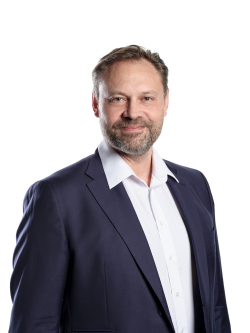
 Abstract Biography |
CEO Summit |
 |
Comet Yxlon |
van de Ven, Dionys
Smart 3D X-ray Inspection Driving Productivity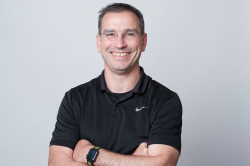
 Abstract Biography |
Fab Management Forum Global GAAC Summit |
 |
Comet Yxlon GmbH |
Drolz, Isabella
3D X-Ray Inspection – Game changer for Advanced Packaging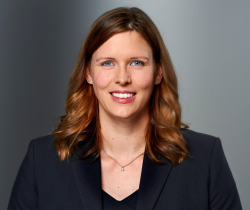
 Abstract Biography |
Advanced Packaging Conference |
 |
Comet Yxlon International GmbH |
Driller, Christian
Zero defects matter | The Power of Xray in Advanced Packaging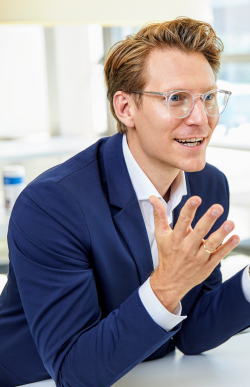
 Abstract Biography |
Future Disruptions |
| D | To top | ||
 |
D-SIMLAB Technologies |
Lendermann, Peter
Squeezing More Wafers out of a Fab: Can this be Done without Driving Cycle Times Through the Roof?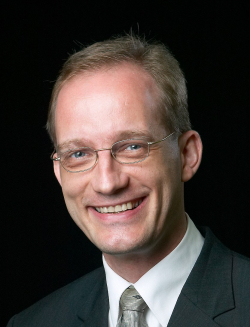
 Abstract Biography |
Fab Management Forum |
 |
DAS Environmental Experts GmbH |
Raithel, Stephan
Coming Soon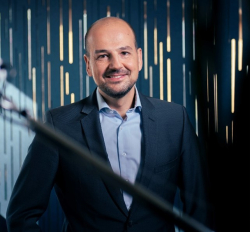
 Abstract Biography |
Future Disruptions |
 |
DigitalTwin Technology GmbH |
Tomar, Rahul
Digital Twin Software for Finite Element Analysis.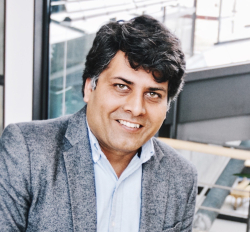
 Abstract Biography |
EU DIGITAL FUTURE FORUM |
| E | To top | ||
 |
Edwards |
Jones, Chris
The Challenge to Reduce Emissions during a Period of Growth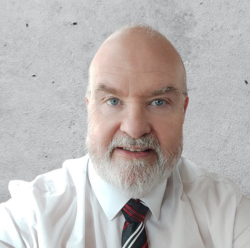
 Abstract Biography |
imec ITF |
 |
Edwards |
Pelissier, Christine
Sustainability through Inclusion: how Surveys (Insights) + Analysis Support our Understanding of Generational Expectations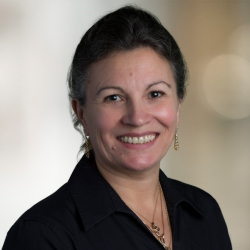
 Abstract Biography |
Future of Work |
 |
Edwards |
Lauwers, Koen
Sustainability through Innovation: a Superior Technology Story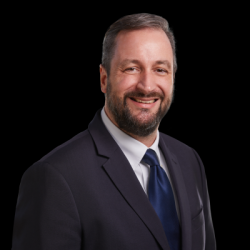
 Abstract Biography |
CEO Summit |
 |
Einnosys Technologies |
Thakkar, Nirav
Adding Automation (SECS/GEM) Capabilities on Legacy Equipment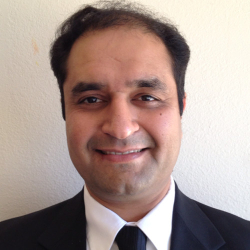
 Abstract Biography |
Innovation Showcase (pre-recorded) |
| ElectraMet |
Lippert, Cameron
Building A More Sustainable CuCMP Process: Selective Copper Removal & RecoveryAbstract Biography |
Innovation Showcase (pre-recorded) | |
 |
Elmos Semiconductor AG |
Montino, Ralf
It is all about Cost of Test? New Duties for Packaging and Test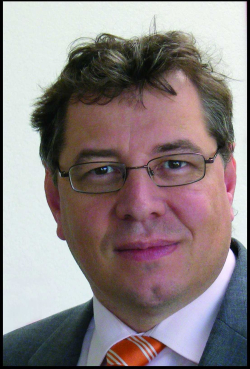
 Abstract Biography |
Advanced Packaging Conference |
| Entegris |
Amade, Antoine
Chairman of the session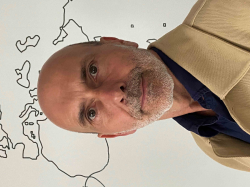
Abstract Biography |
Entegris | |
 |
Entegris |
Mahadev, Niraj
Meeting the SiC Gold Rush with Entegris Capabilities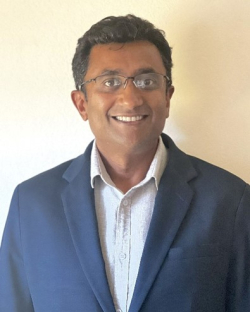
 Abstract Biography |
Entegris |
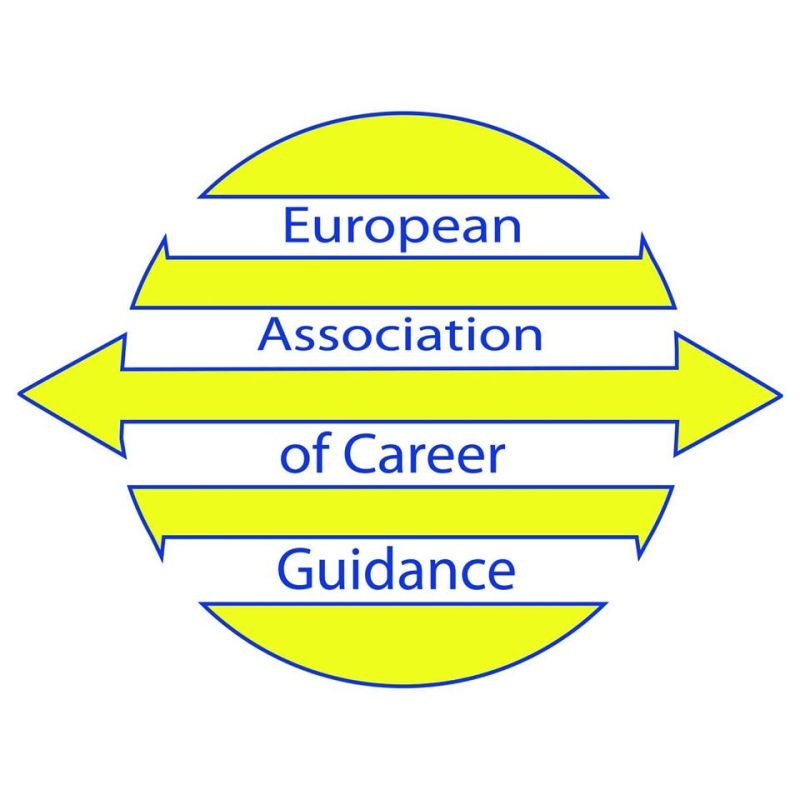 |
European Association of Career Guidance |
Mavromoustakou, Maria
ECoVEM project: Path to certification and recognition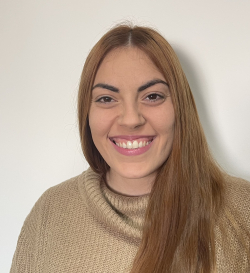
 Abstract Biography |
Future of Work |
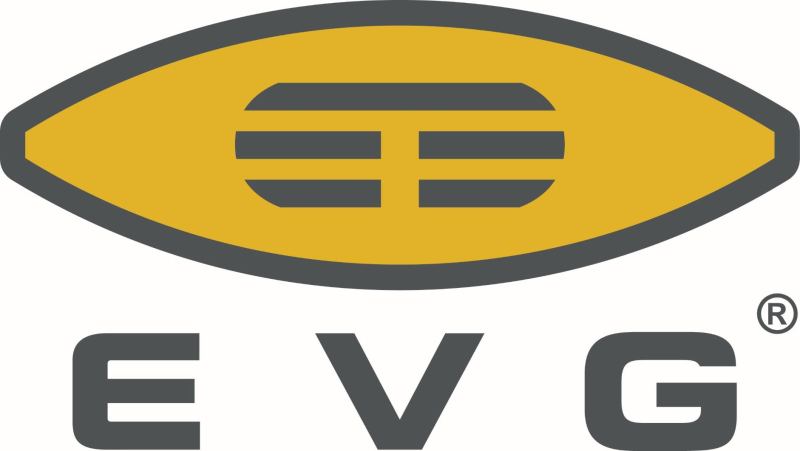 |
EV Group |
Varga, Ksenija
Optimization of Advanced Packaging Process: Concept of Maskless Dual–Layer Lithographic Patterning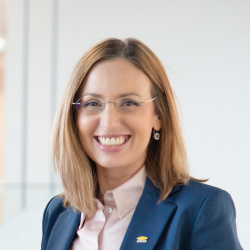
 Abstract Biography |
Advanced Packaging Conference |
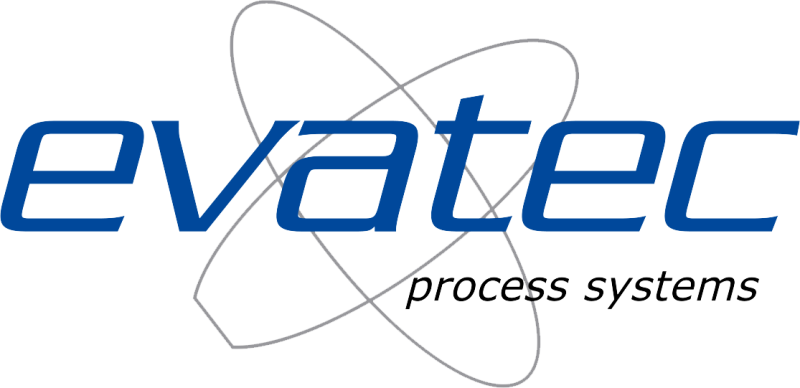 |
Evatec |
Rettenmeier, Roland
Opening Remarks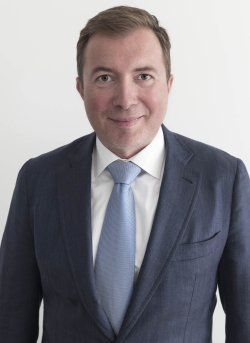
 Abstract Biography |
Advanced Packaging Conference |
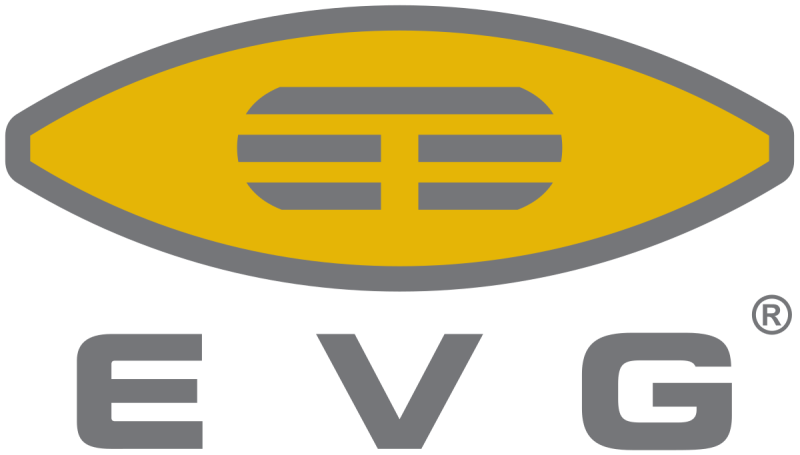 |
EVG |
Brandl, Elisabeth
Manufacturing next generation power devices – how temporary bonding allows wide bandgap power devices to go vertical.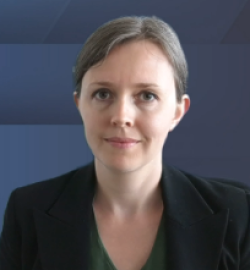
 Abstract Biography |
Innovation Showcase (pre-recorded) |
| F | To top | ||
 |
Flexciton Ltd |
Potter, Jamie
Topic to be confirmed soon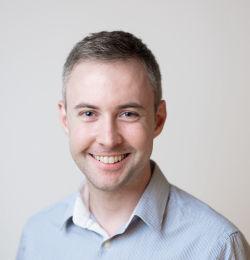
 Abstract Biography |
Fab Management Forum |
 |
Fraunhofer-Gesellschaft |
Stephan, Jörg
Coming Soon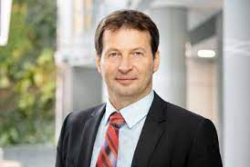
 Abstract Biography |
Future of Computing |
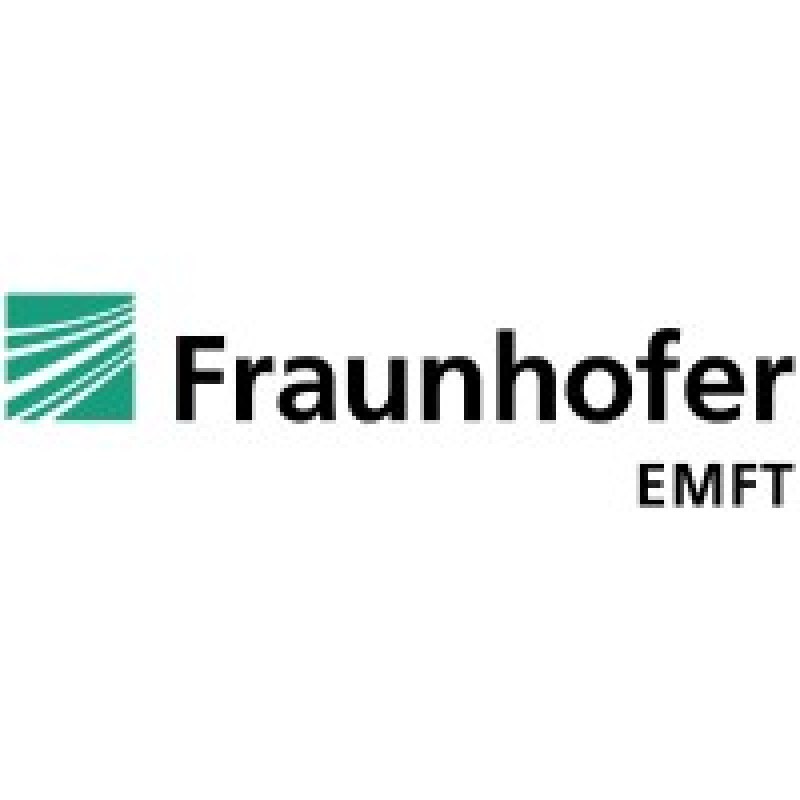 |
Fraunhofer EMFT |
Kutter, Christoph
Topic Coming Soon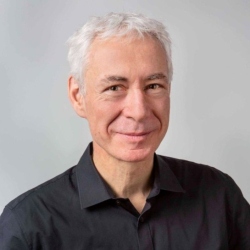
 Abstract Biography |
Future of Computing |
| Fraunhofer FMD |
Töpper, Michael
A European 3D Heterogeneous Integration Pilot Line – a Leap ahead to Achieve Technology LeadershipAbstract Biography |
Advanced Packaging Conference | |
 |
Fraunhofer Institute for Applied and Integrated Security AISEC |
Hiller, Matthias
Challenges and Technologies towards Secure Embedded Systems and Trusted Electronics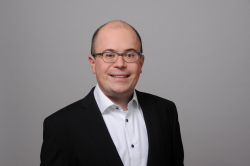
 Abstract Biography |
Future of Computing |
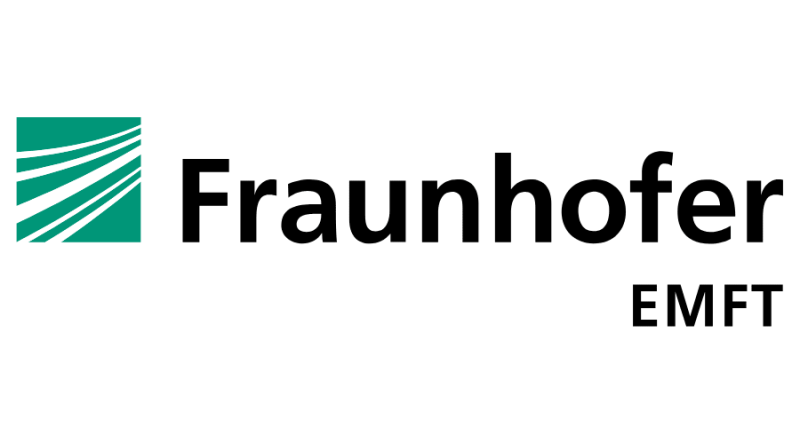 |
Fraunhofer Institute for Electronic Microsystems and Solid State Technologies EMFT |
Richter, Martin
Machine Learning Supported Self-Sensing Micropump to Detect Air Bubbles to Improve Dosing Accuracy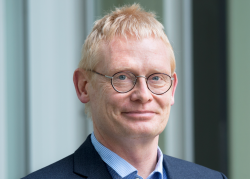
 Abstract Biography |
SMART Medtech |
 |
Fraunhofer IZM |
Braun, Tanja
Opening Remarks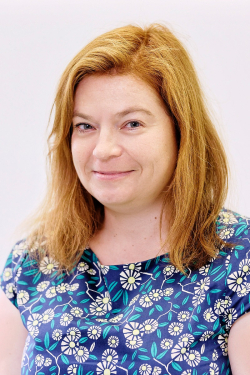
 Abstract Biography |
Advanced Packaging Conference |
| G | To top | ||
 |
Gartner |
Gupta, Gaurav
Energy-Efficienct Compute For A Sustainable Future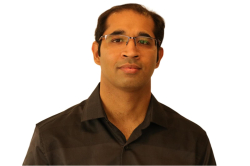
 Abstract Biography |
Innovation Showcase (pre-recorded) |
 |
Global Now Pte. Ltd. |
Song, Jae Joon
How to Maximize Power Saving in Chipmaking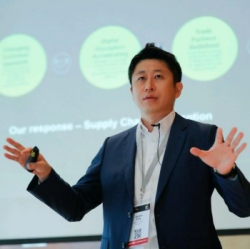
 Abstract Biography |
Fab Management Forum |
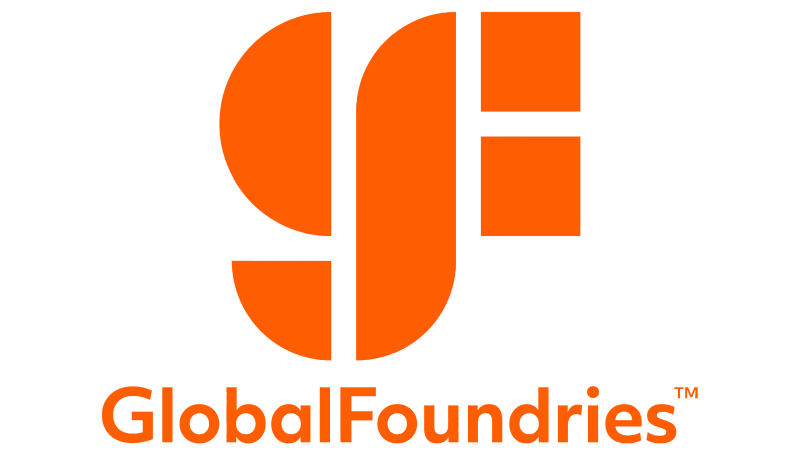 |
GlobalFoundries |
Yan, Ruby
Opening Remarks
 Abstract Biography |
Advanced Packaging Conference |
| GlobalFoundries |
Heller, Thomas
Data Driven Optimization in Semiconductor Fabrication: How Business Efficiency Helps Environment as WellAbstract Biography |
SMART Manufacturing | |
 |
GlobalFoundries |
Agshikar, Aniket
Coming Soon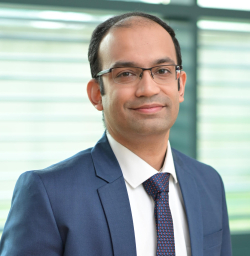
 Abstract Biography |
SOI Industry Consortium |
 |
GlobalWafers |
Zavattari, Carlo
Study of Diamond Coated Wire (DCW) slicing technique process parameters impacting high grade Semiconductor Wafer quality, mainly for Warp, Total Thickness Variation (TTV) and Nanotopology (NT)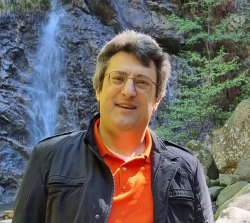
 Abstract Biography |
Innovation Showcase (pre-recorded) |
| H | To top | ||
 |
Henkel Ltd |
Winster, Tony
Bare Copper Lead Frame Compatible Die Attach Developments for Automotive Applications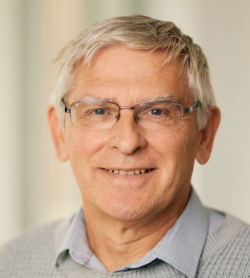
 Abstract Biography |
Advanced Packaging Conference |
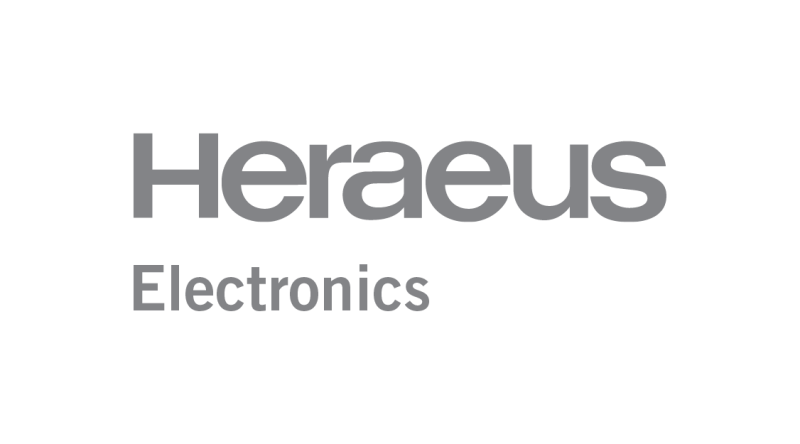 |
Heraeus Electronics |
Jörger, Michael
Topic Coming Soon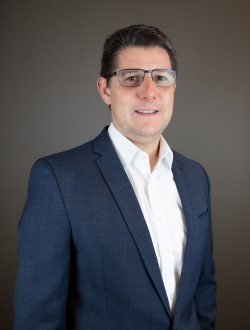
 Abstract Biography |
Materials Innovations |
| I | To top | ||
 |
imec |
Marent, Katrien
Topic Coming Soon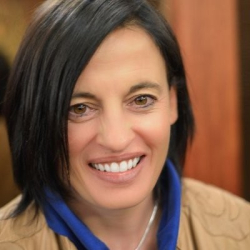
 Abstract Biography |
imec ITF |
 |
imec |
Ragnarsson, Lars-Ake
Towards Netzero for the IC industry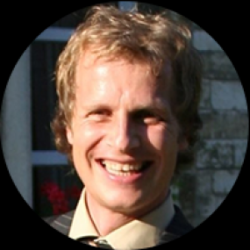
 Abstract Biography |
Advanced Packaging Conference imec ITF |
 |
imec |
Gallagher, Emily
High NA EUV introduction – the more sustainable choice? - joined presentation with ASML and imec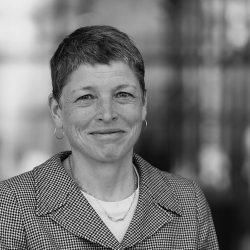
 Abstract Biography |
imec ITF |
 |
imec |
Posthuma, Niels
Case Study of ALD dielectrics for GaN Power Electronics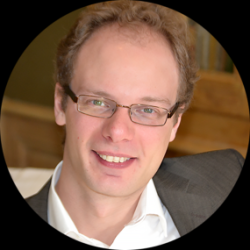
 Abstract Biography |
Beneq |
 |
imec |
Van den hove, Luc
A World Under Pressure Needs Skyrocketing Collaboration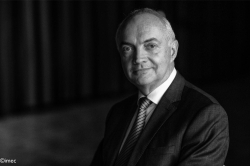
 Abstract Biography |
CEO Summit |
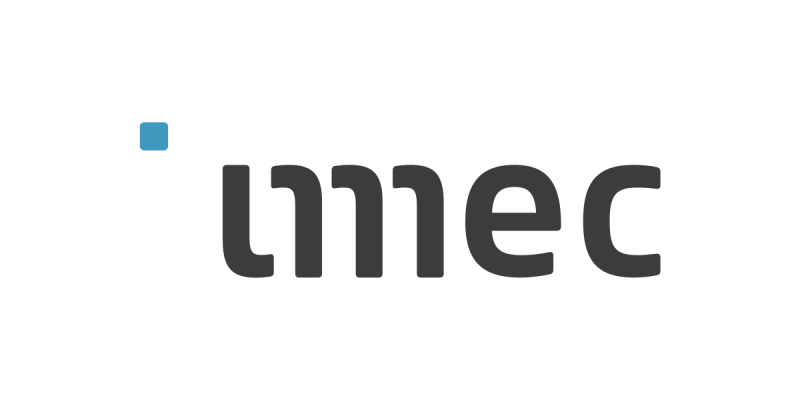 |
Imec vzw |
Van den Bosch, Wouter
AI for Health in an Age of Bioconvergence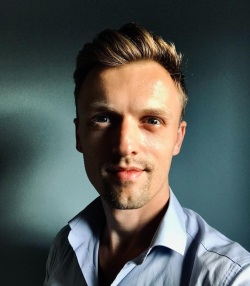
 Abstract Biography |
SMART Medtech |
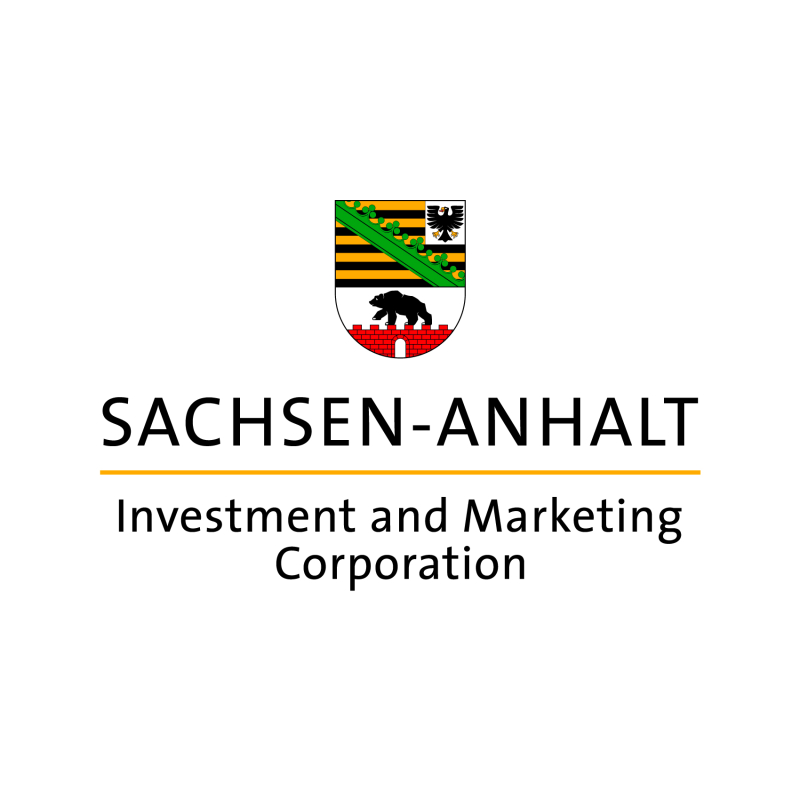 |
IMG – Investment and Marketing Corporation Saxony-Anhalt |
Franke, Robert
Discover Saxony-Anhalt - Vibrant Industries Joined by Intel’s Gigafactories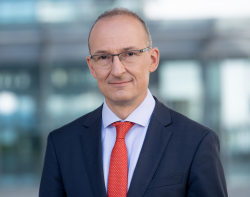
 Abstract Biography |
Fab Management Forum |
 |
INFICON |
Behnke, John
Enabling Semi's Autonomous Fab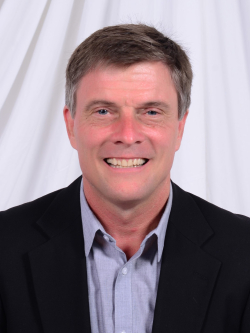
 Abstract Biography |
Fab Management Forum |
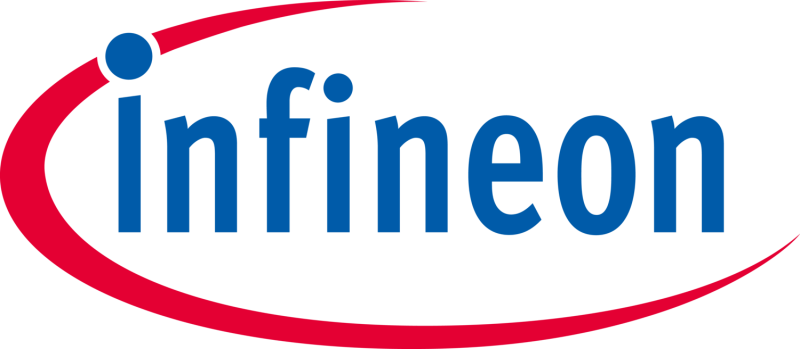 |
Infineon Technologies AG |
Recklies, Joerg
Opening Remarks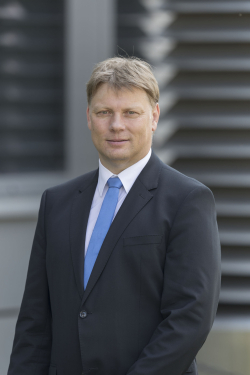
 Abstract Biography |
Fab Management Forum |
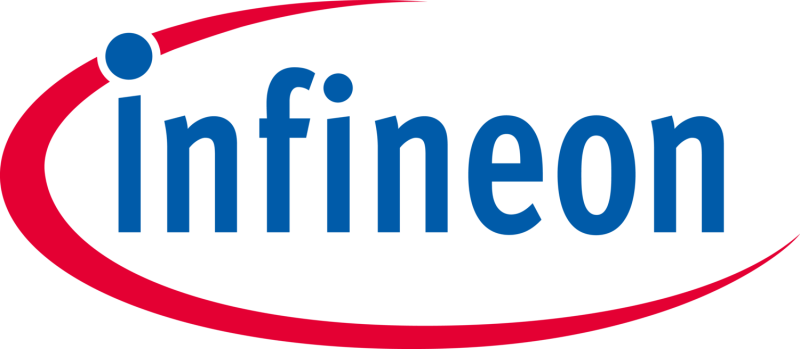 |
Infineon Technologies AG |
Hornik, Karl
Coming Soon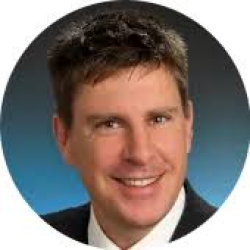
 Abstract Biography |
Materials Innovations |
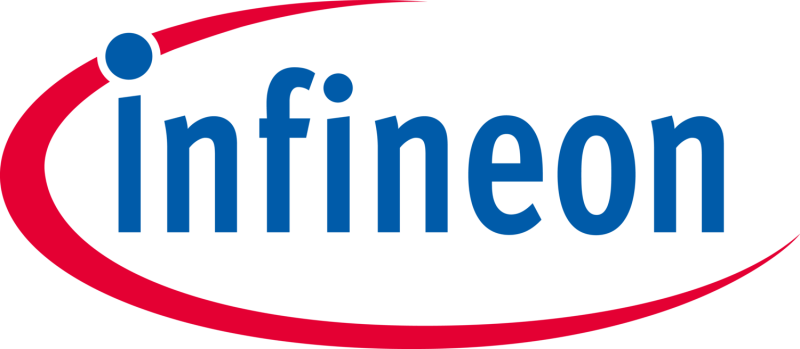 |
Infineon Technologies AG |
Grassmann, Andreas
New Approaches to Achieve Superior Reliability in Power Electronic Packaging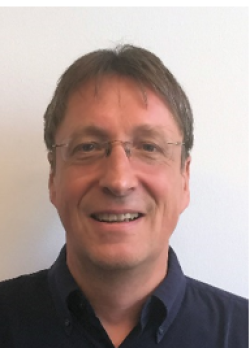
 Abstract Biography |
Advanced Packaging Conference |
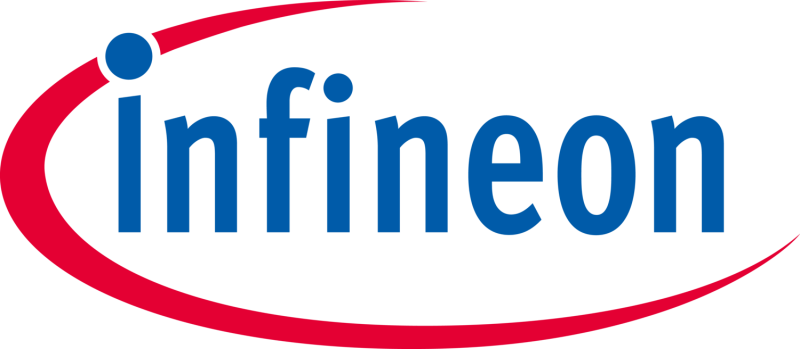 |
Infineon Technologies AG |
Wijburg, Rutger
Topic Coming Soon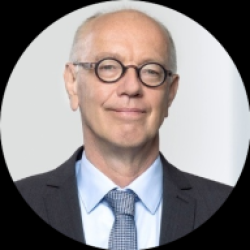
 Abstract Biography |
CEO Summit |
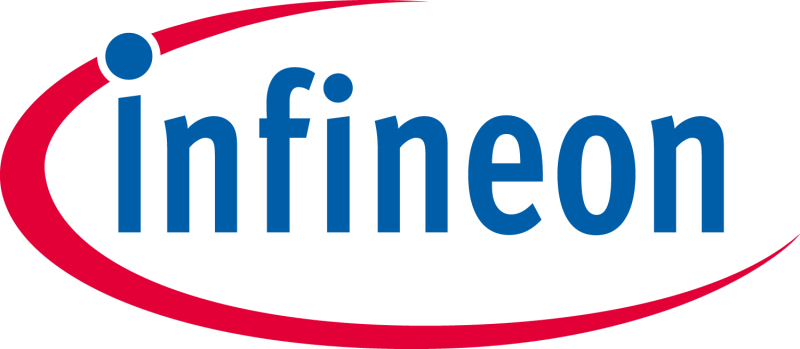 |
Infineon Technologies Dresden GmbH |
Hasse, Holger
Building the new Smart Power Fab in Dresden: A Strong Signal for the Future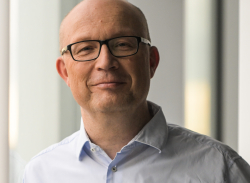
 Abstract Biography |
Fab Management Forum |
 |
Intel |
Schell, Christoph
Topic Coming Soon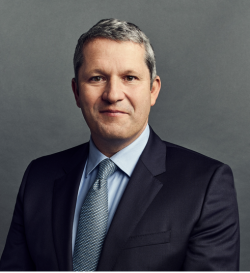
 Abstract Biography |
CEO Summit |
 |
Intel - partner of Invest in Pomerania |
Dropiński, Mieszko
Advanced Packaging Disruptions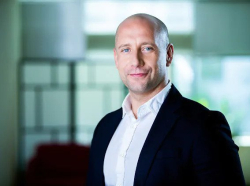
 Abstract Biography |
Future Disruptions |
 |
Intel Corporation |
McKenna, Jennifer
How Intel is Addressing Sustainability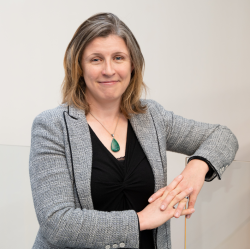
 Abstract Biography |
Future Disruptions |
 |
Intel Foundry Services |
De Ambroggi, Luca
Chiplets - Accelerating System Innovation in the Era Heterogeneous Integration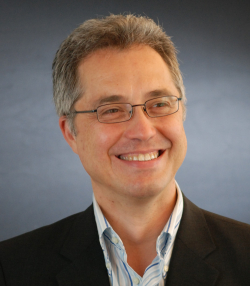
 Abstract Biography |
Future Disruptions |
 |
Intel Research and Development Ireland Ltd |
Capraro, Bernard
Topic Coming Soon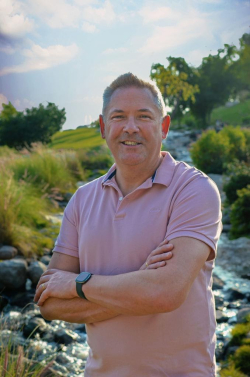
 Abstract Biography |
Fab Management Forum |
| J | To top | ||
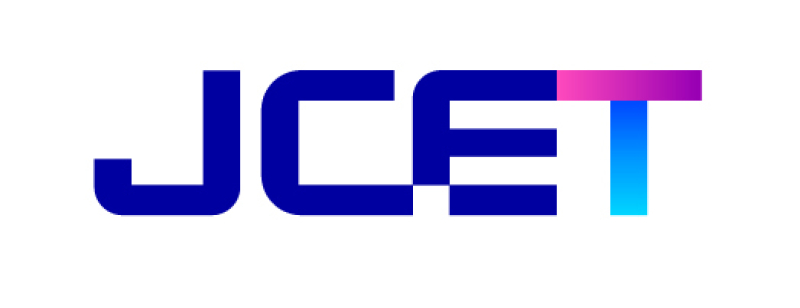 |
JCET Group - STATS ChipPAC |
Antonicelli, Roberto
Opening Remarks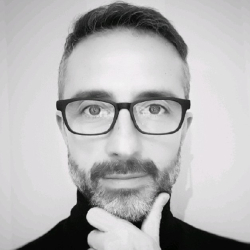
 Abstract Biography |
Advanced Packaging Conference |
| K | To top | ||
 |
kiutra |
Regnat, Alexander
How Cryogenic Cooling can Enable the Future of Computing – or Block It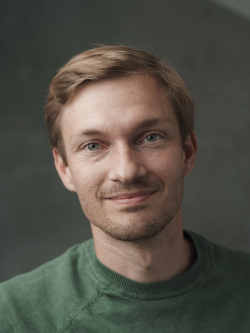
 Abstract Biography |
Future Disruptions |
 |
KLA |
Donzella, Oreste
Bridging Front End, Packaging and Substrates to Advance the Semiconductor Roadmap Abstract Biography |
Advanced Packaging Conference |
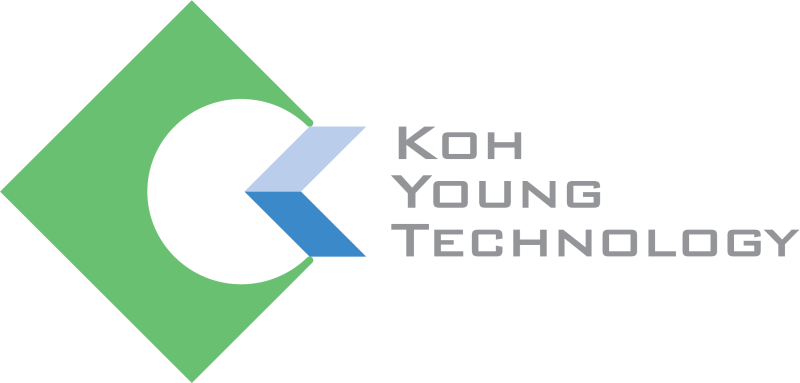 |
Koh Young Europe GmbH |
Lindloff, Axel
High-speed Die, Component 3D Reconstruction Solution by Multimodal Phase Shift Optics Approach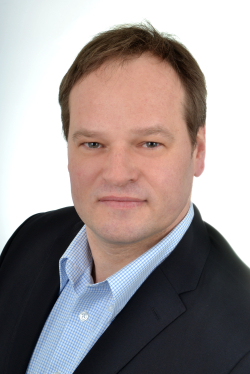
 Abstract Biography |
Advanced Packaging Conference |
 |
Kontron AIS GmbH |
Schulze, Natalie
Enabling smart manufacturing and new processes for fab automation – Equipment control tools for longer machine lifetime and material rescue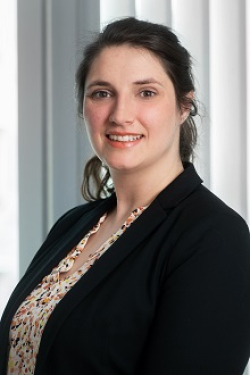
 Abstract Biography |
Innovation Showcase (pre-recorded) |
| L | To top | ||
| Luceda Photonics |
Dumon, Pieter
Photonic IC Design: Innovation and ScalabilityAbstract Biography |
Integrated Photonics | |
| M | To top | ||
 |
Merck Electronics KGaA |
vom Stein, Thorsten
Digitalization of Chemical Process Design for Semiconductor Materials Manufacturing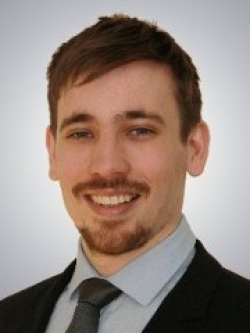
 Abstract Biography |
Advanced Packaging Conference |
 |
Merck KGaA |
Braeuninger-Weimer, Laura
Intersecting Paths: Uniting Moore's Law and Biology Through Bioconvergence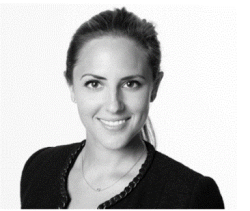
 Abstract Biography |
SMART Medtech |
 |
Mercuri Urval |
Kehr, Flemming
At the Top, a New Leadership Agenda is Emerging!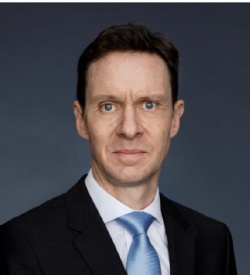
 Abstract Biography |
Future of Work Fab Management Forum |
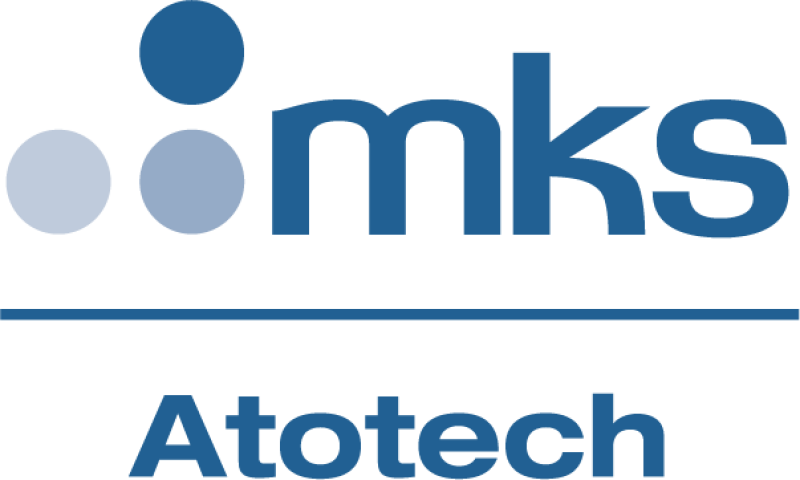 |
MKS/Atotech |
Pieper, Stefan
How to Achieve Upcoming Bump Requirements by Optimized ECD Plating Processes Abstract Biography |
Advanced Packaging Conference |
| N | To top | ||
 |
Nova Ltd |
Popova, Irene
Increased use of chemical process control taking as a path to increased sustainability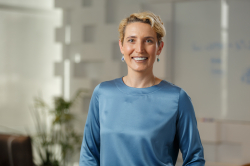
 Abstract Biography |
Innovation Showcase (pre-recorded) |
 |
NXP |
Hemon, Erwan
Coming Soon Abstract Biography |
SOI Industry Consortium |
| nxp semiconductors |
Wessels, Piet
SOI for HV and Power Management Applications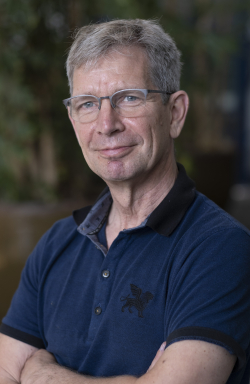
Abstract Biography |
SOI Industry Consortium | |
| O | To top | ||
 |
Okmetic Oy |
Karttunen, Jani
SOI for Automotive panel discussion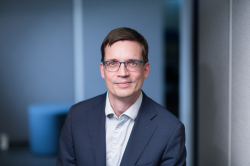
 Abstract Biography |
SOI Industry Consortium |
 |
Orange Quantum Systems B.V. |
Last, Thorsten
Key ingredients for Developing Superconducting Quantum Processing Units at Scale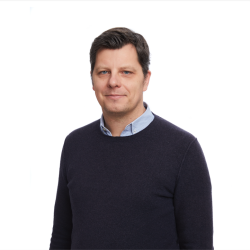
 Abstract Biography |
Innovation Showcase (pre-recorded) |
 |
Otto-von-Guericke-Universität Magdeburg |
Rolf, Benjamin
AI Engineering (B. Sc.) - Rethinking Applied AI Education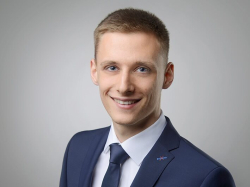
 Abstract Biography |
SMART Manufacturing |
| P | To top | ||
 |
PEER Group GmbH |
Arnold, Michael
Coming Soon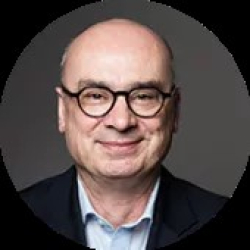
 Abstract Biography |
SMART Manufacturing |
 |
Philips MEMS & Micro Devices |
Corduwener, Erik
MEMS Devices and Manufacturing for Medical Applications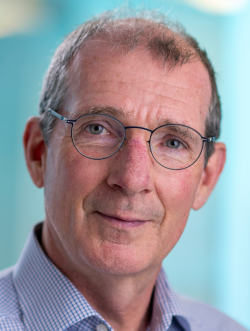
 Abstract Biography |
SMART Medtech |
 |
PhotonDelta |
Scheper, Frans
How PICs fit in a Heterogeneous World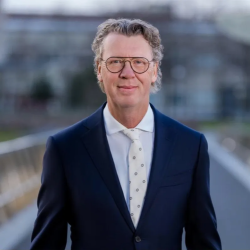
 Abstract Biography |
Integrated Photonics |
| Photonics Valley Corporation |
Pulipati, Madhav
PICs for Alternative Computing Discourses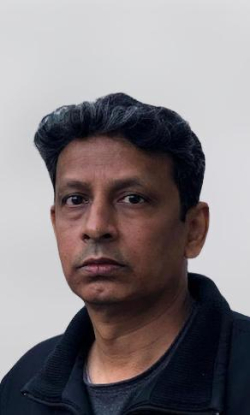
Abstract Biography |
Integrated Photonics | |
 |
Porsche Consulting S.A.S. |
Ruhnau, Marius
SiC: Paving the way for Sustainable Mobility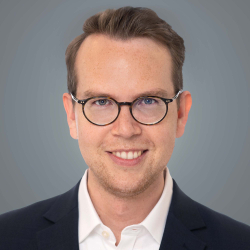
 Abstract Biography |
Entegris |
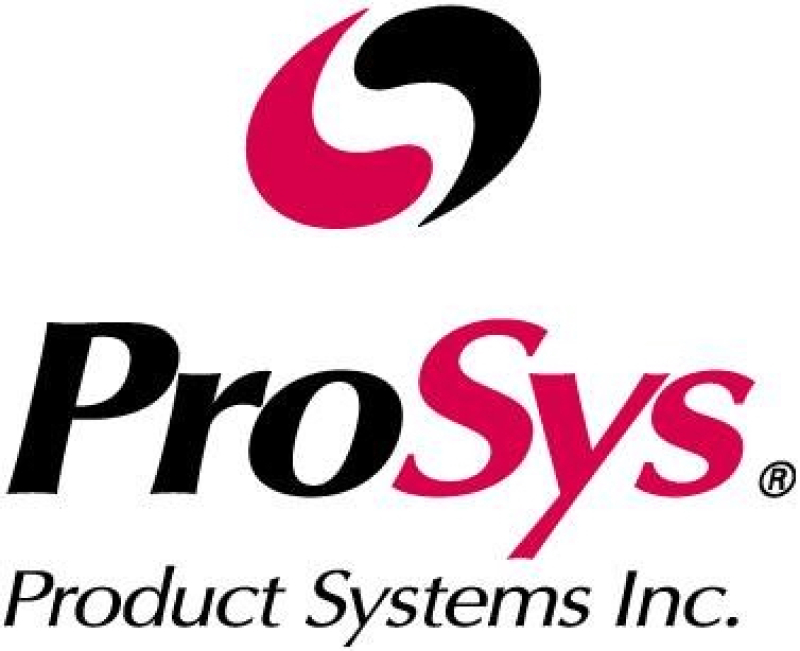 |
ProSys, Inc. |
Dussault, Donald
High Efficiency Cleaning for Permanent Bonding-Based 3D Applications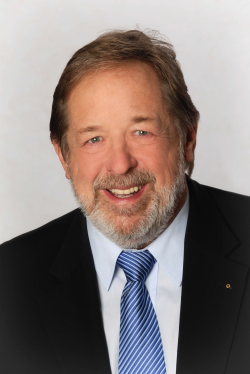
 Abstract Biography |
Advanced Packaging Conference |
| Q | To top | ||
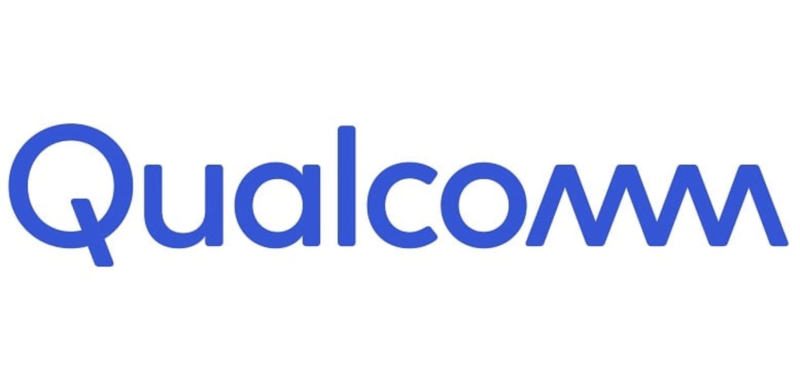 |
Qualcomm |
Sokolowski, Benjamin
Qualcomm’s Approach to Carbon Net-Zero and the Transformative Role of 5G for a Greener Economy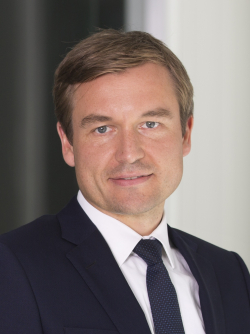
 Abstract Biography |
imec ITF |
 |
Qualcomm Korea |
Kim, Leo
The Advanced APC Application to Enable the Geometric Scaling by DTCO in sub-5nm SoC Manufacturing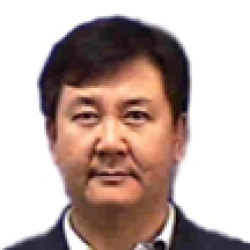
 Abstract Biography |
Fab Management Forum |
| R | To top | ||
 |
Research Fab Microelectronics Germany (FMD) / Forschungsfabrik Mikroelektronik Deutschland (FMD) |
Rom, Tim
A Research Fab to Enable and Scale Quantum Computing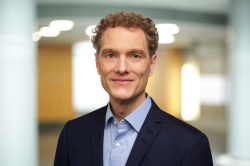
 Abstract Biography |
Future of Computing |
 |
Resonac |
Abe, Hidenori
Advanced Packaging Materials and Open Innovation at Resonac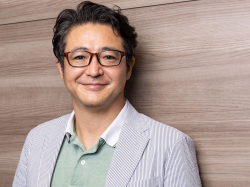
 Abstract Biography |
Advanced Packaging Conference |
 |
Robert Bosch GmbH |
Hansen, Uwe
Coming Soon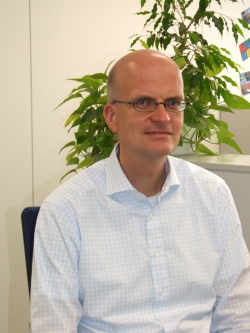
 Abstract Biography |
Electrification & Power Semiconductors |
 |
Robert Bosch GmbH |
Schwaiger, Stephan
Radiation Hardness of SiC TrenchMOS Devices for Automotive Applications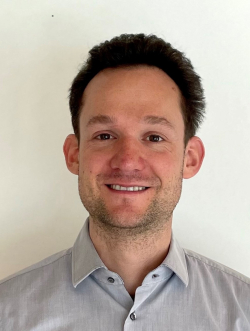
 Abstract Biography |
Electrification & Power Semiconductors |
 |
Robert Bosch GmbH |
Buseck, Peter
Smarter Manufacturing for a Connected Ecosystem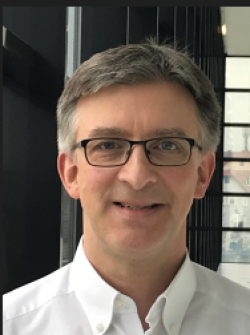
 Abstract Biography |
Fab Management Forum |
 |
Robert Bosch GmbH |
Bornefeld, Ralf
The Role of SiC in E-Mobility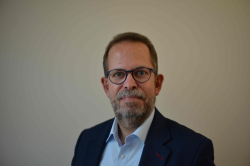
 Abstract Biography |
Entegris |
| Robovision |
Van Poucke, Bart
Ai-Based Defect Classification: an Accuracy and Efficiency Boost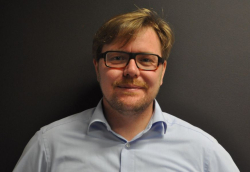
Abstract Biography |
Innovation Showcase (pre-recorded) | |
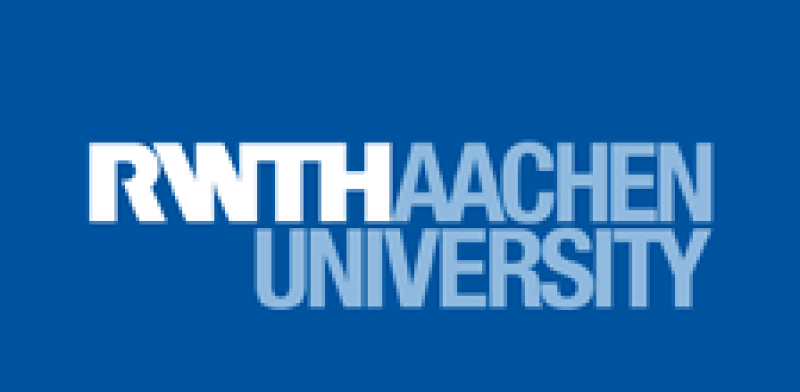 |
RWTH Aachen University |
Lemme, Max C.
Neuromorphic Computing for Autonomous AI Systems – the NeuroSys Cluster4Excllence in the Aachen Region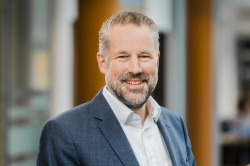
 Abstract Biography |
Future of Computing |
| S | To top | ||
 |
Samsung Electronics |
Hwang, Hosong
Building a Sustainable Semiconductor Value Chain with Technology and Collaboration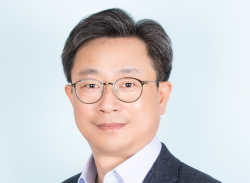
 Abstract Biography |
imec ITF |
 |
Schneider Electric |
Godemel, Frederic
Catalyzing a Brighter Future for the Chip Industry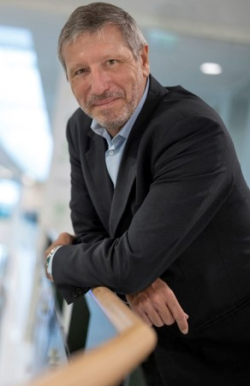
 Abstract Biography |
imec ITF |
 |
Schneider Electric |
Chene, Fabien
Partnerships & Collaboration for a more Sustainable Future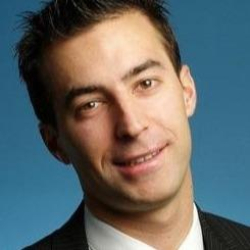
 Abstract Biography |
Fab Management Forum |
 |
Semi |
Manocha, Ajit
Opening Remarks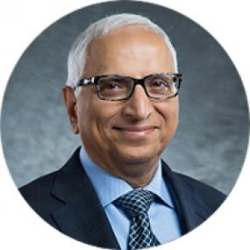
 Abstract Biography |
CEO Summit |
 |
Semi |
Weiss, Bettina
Welcome Remarks
 Abstract Biography |
Global GAAC Summit |
 |
Semi |
Bhat, Mousumi
Transparency, Ambition and Collaboration - Advancing the Climate Agenda for the Semiconductor Value Chain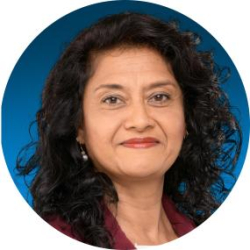
 Abstract Biography |
imec ITF |
| Semi |
Naik, Naresh
Learn more about SEMI University and What We OfferAbstract Biography |
Future of Work | |
 |
Semi Europe |
Altimime, Laith
Welcome Remarks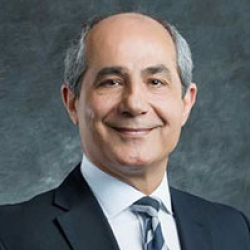
 Abstract Biography |
CEO Summit Fab Management Forum SMART Medtech Advanced Packaging Conference |
 |
Semi Europe |
Melvin, Cassandra
Opening Remarks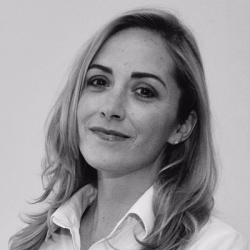
 Abstract Biography |
Future of Work Fab Management Forum Chip in SEMI Doc Premiere |
 |
Semi Europe |
Cummings, Victoria
European Chips Skills Academy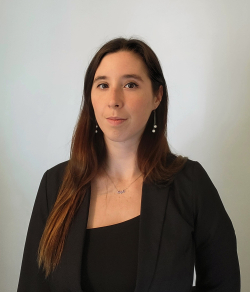
 Abstract Biography |
Future of Work |
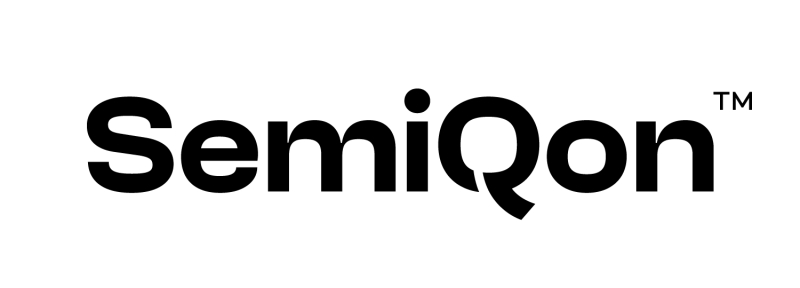 |
SemiQon |
Majumdar, Himadri
Future of Computing: Silicon-based Quantum Computing Processors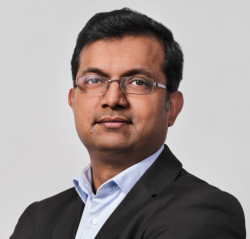
 Abstract Biography |
Innovation Showcase (pre-recorded) |
 |
Siemens Digital Industries Software |
Jayaram, Srividya
Enabling smart manufacturing in semiconductor fabs using predictive design and process insights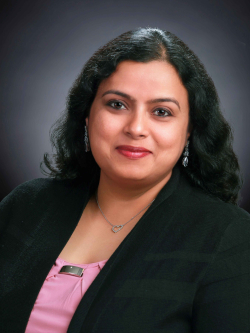
 Abstract Biography |
Innovation Showcase (pre-recorded) |
 |
Soitec |
Fievre, Michaël
Topic Coming Soon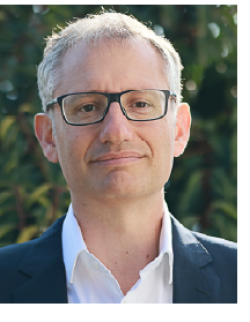
 Abstract Biography |
SMART Manufacturing |
 |
Soitec |
Sabonnadière, Emmanuel
Topic Coming Soon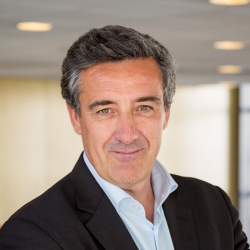
 Abstract Biography |
Entegris Electrification & Power Semiconductors |
 |
SPTS Division within KLA Corp |
Collins, Dan
Challenges and opportunities surrounding your Talent Pipeline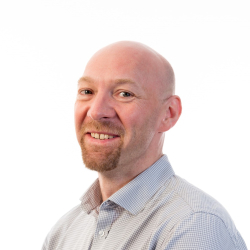
 Abstract Biography |
Future of Work |
| STMicroelectronics |
Alba, Simone
Key Takeaways by Session Chair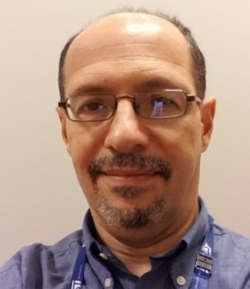
Abstract Biography |
Fab Management Forum | |
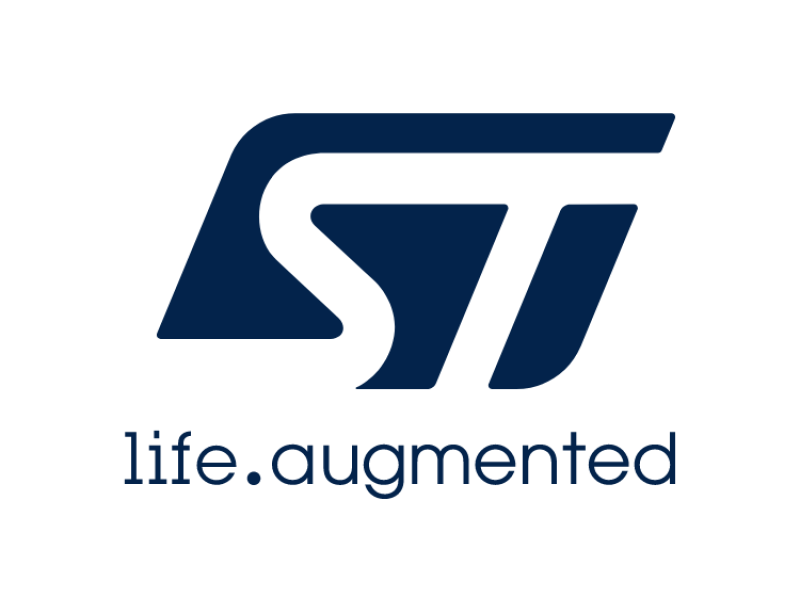 |
STMicroelectronics |
Gärtner, Manuel
The SiC Power Revolution is Ready for High-Volume Car Manufacturing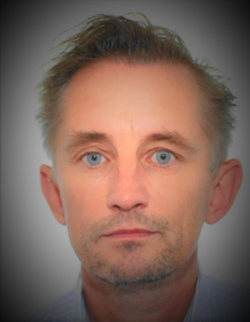
 Abstract Biography |
Electrification & Power Semiconductors |
| STMicroelectronics |
Tumminia, Alessandro
Pushing the Limits of SiC Technology: Advanced Packaging Solutions and System Integration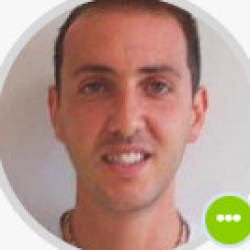
Abstract Biography |
Advanced Packaging Conference | |
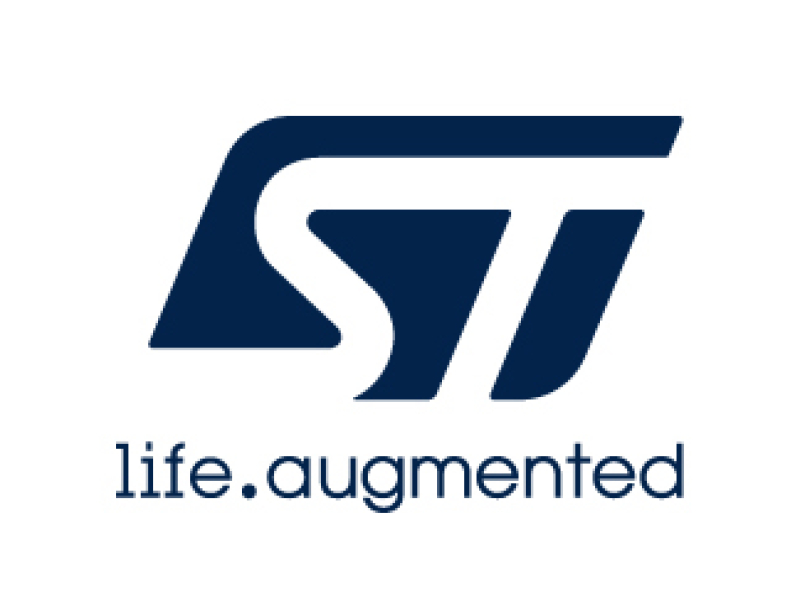 |
STMicroelectronics |
Grossier, Nicolas
SOI Session @ SEMICON Europa - Panel discussion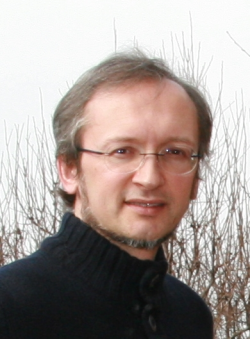
 Abstract Biography |
SOI Industry Consortium |
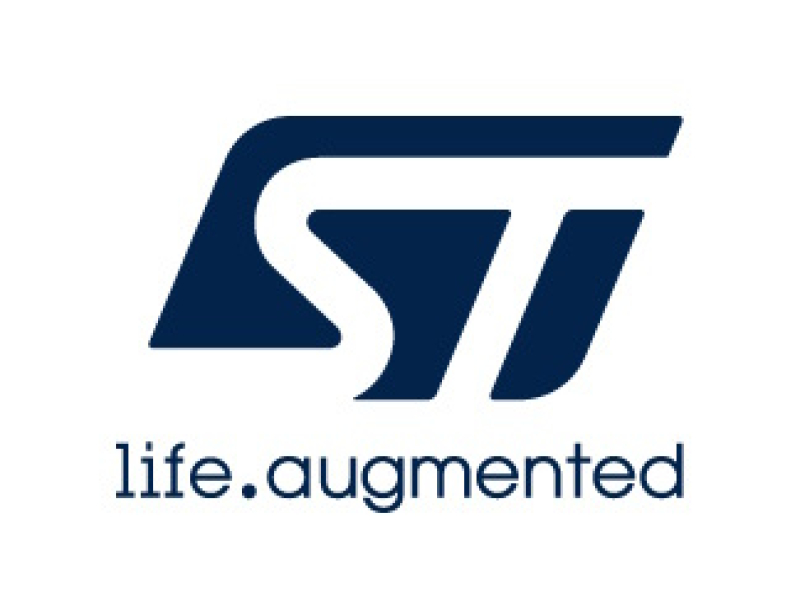 |
STMicroelectronics |
Pagano, Daniele
Enhanced Chip manufacturing developments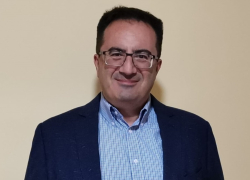
 Abstract Biography |
EU DIGITAL FUTURE FORUM |
| Sungkyunkwan University |
Lee, Seungmin
Cost-Efficient Wafer-level SOI Process for Thermal Stability and Area Shrinkage in 3D NAND Peripheral Circuit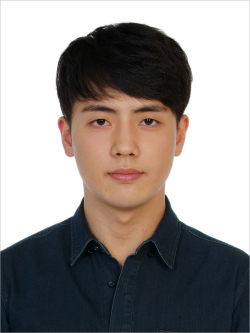
Abstract Biography |
Innovation Showcase (pre-recorded) | |
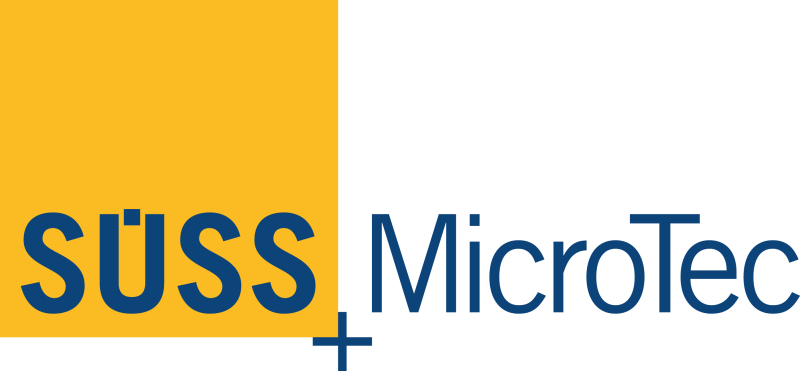 |
SUSS MicroTec SE |
Lutter, Stefan
Disruptive and Sustainable Bonding Technology Covering Various Material Combinations for Emerging Applications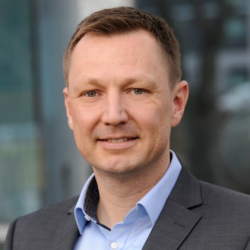
 Abstract Biography |
Future Disruptions |
| T | To top | ||
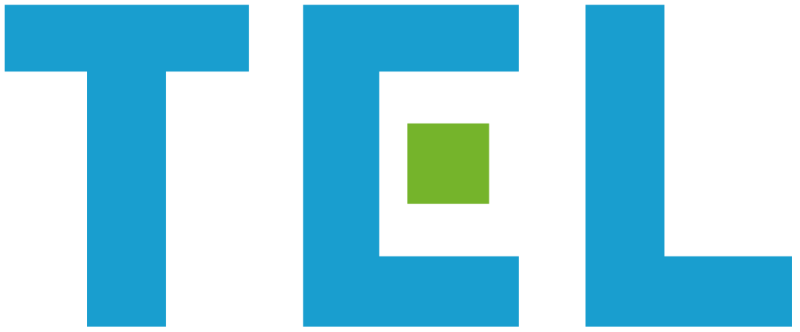 |
TEL |
Shekel, Eyal
Coming Soon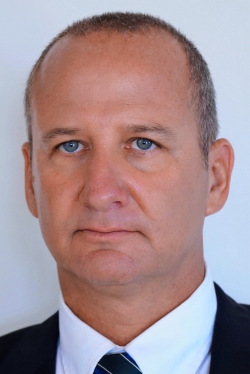
 Abstract Biography |
imec ITF |
 |
Texas Instruments |
Schimpf, Klaus
Opening Remarks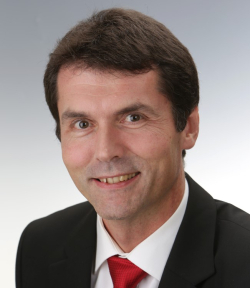
 Abstract Biography |
Fab Management Forum |
 |
Texas Instruments |
Stur, Alexander
TI’s Energy Saving Activities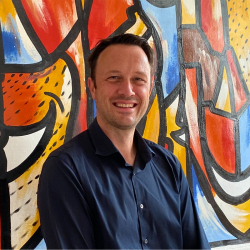
 Abstract Biography |
Fab Management Forum |
 |
Tokyo Electron Europe Limited |
Franchi, Marco
Wafer Intelligent Scanner Inspection Technology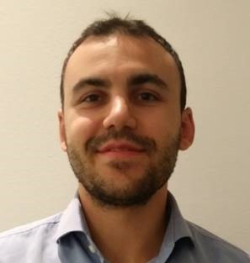
 Abstract Biography |
Fab Management Forum |
 |
TRUMPF |
Koerner, Roman
VCSELs - Development - Production - Market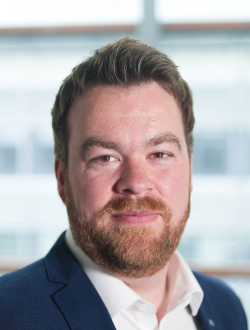
 Abstract Biography |
Integrated Photonics |
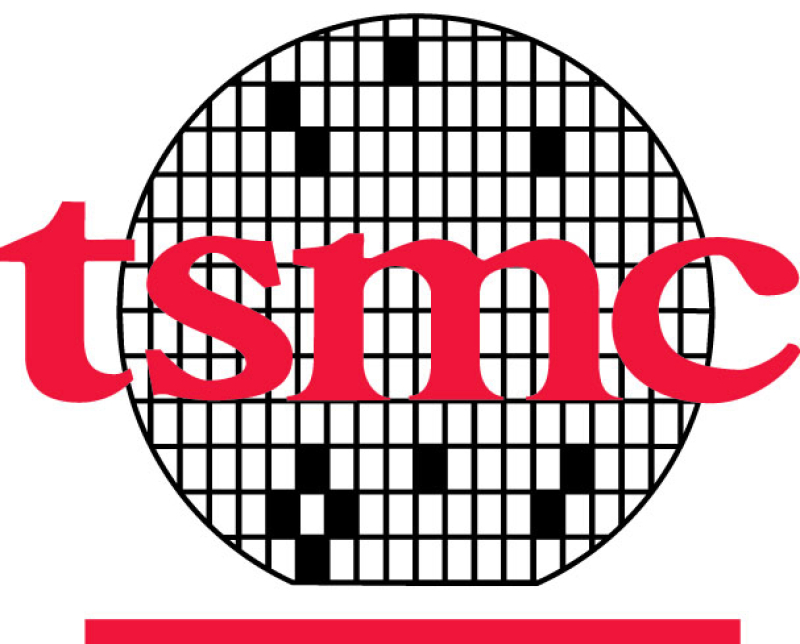 |
TSMC |
Yu, Douglas
Lights Outside Tunnel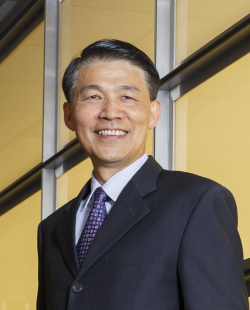
 Abstract Biography |
Advanced Packaging Conference |
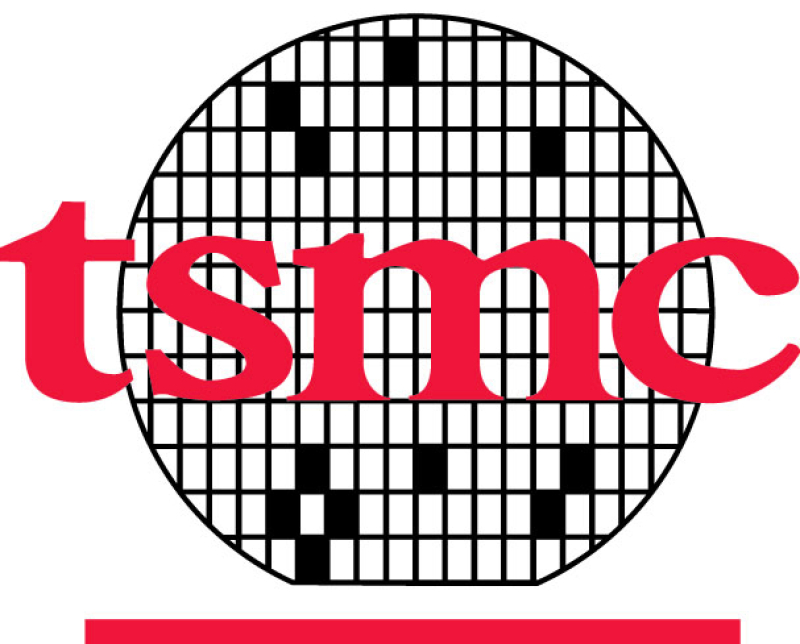 |
TSMC |
de Bot, Paul
Topic Coming Soon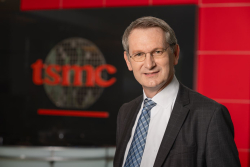
 Abstract Biography |
CEO Summit |
| Tyndall National Institute |
Nolan, Michael
Designing Atomic Level Process Chemistries. The Role of Atomistic Simulation in Developing Sustainable Deposition and Etch Processes.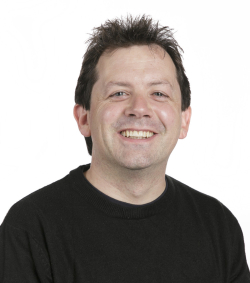
Abstract Biography |
Materials Innovations | |
| U | To top | ||
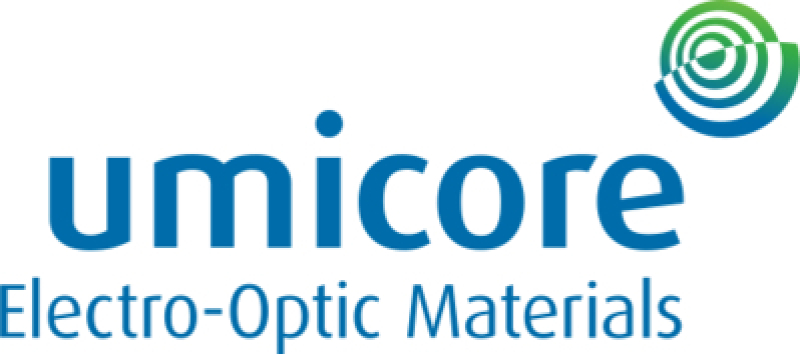 |
Umicore |
Zyulkov, Ivan
Germanium Substrates for Photonics: GaAs Replacement Advantages and New Production Possibilities through CMOS Integration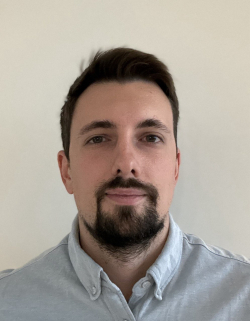
 Abstract Biography |
Integrated Photonics |
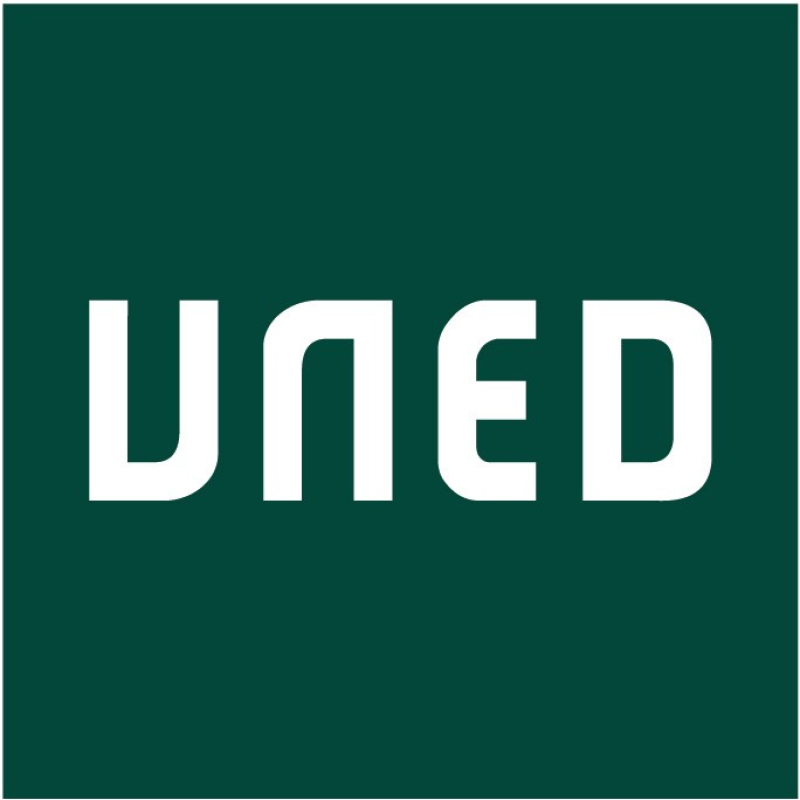 |
UNED |
Castro, Manuel
New educational activities for the European Microelectronics & chips (r)evolution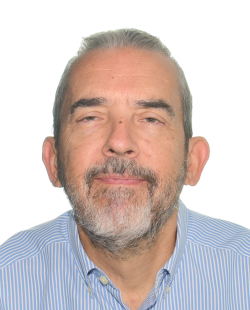
 Abstract Biography |
Future of Work |
| V | To top | ||
 |
Volkswagen AG |
Aal, Andreas
Opening Remarks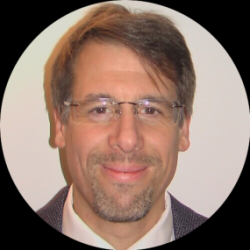
 Abstract Biography |
Global GAAC Summit |
 |
Volkswagen AG |
Schmid, Michael
Semiconductor Management from an OEM Perspective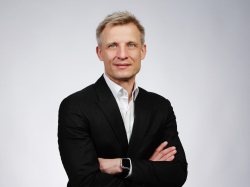
 Abstract Biography |
Global GAAC Summit |
| W | To top | ||
 |
Watlow Electric Manufacturing Company |
Parkinson, Blake
Watlow’s Approach Towards Energy Efficiency and Achieving Net-Zero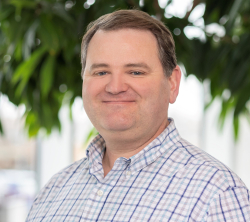
 Abstract Biography |
Fab Management Forum |
 |
Wolfspeed |
Stigall, Missy
The Great Wolfspeed Takeover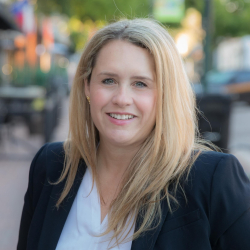
 Abstract Biography |
Fab Management Forum |
 |
Wolfspeed, Inc. |
Reynolds, Neill
Conversation with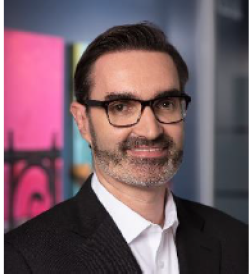
 Abstract Biography |
ATREG |
| X | To top | ||
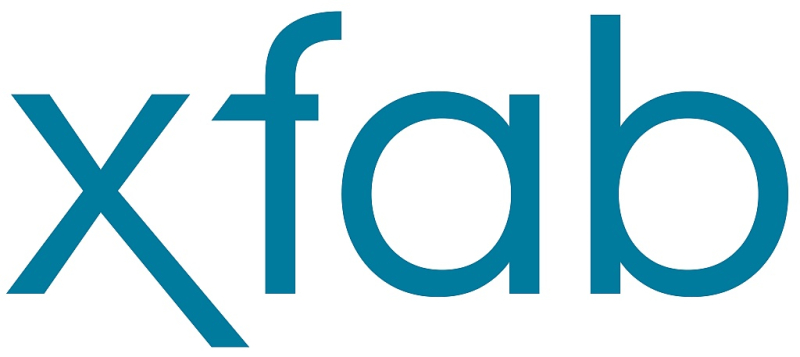 |
X-FAB Dresden GmbH & Co. KG |
Woittennek, Michael
Challenges of Capacity Doubling Under Brownfield and Full Load Conditions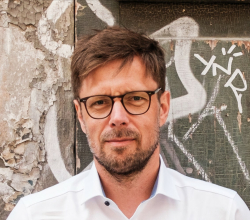
 Abstract Biography |
Fab Management Forum |
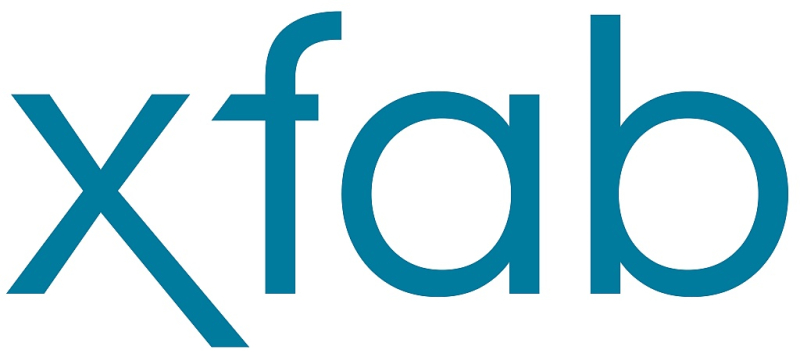 |
X-FAB Semiconductor Foundries GmbH |
von Podewils, Mario
Opening Remarks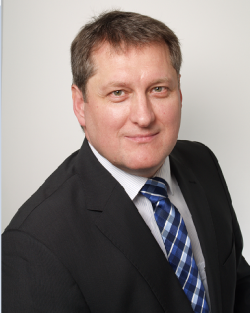
 Abstract Biography |
Fab Management Forum |
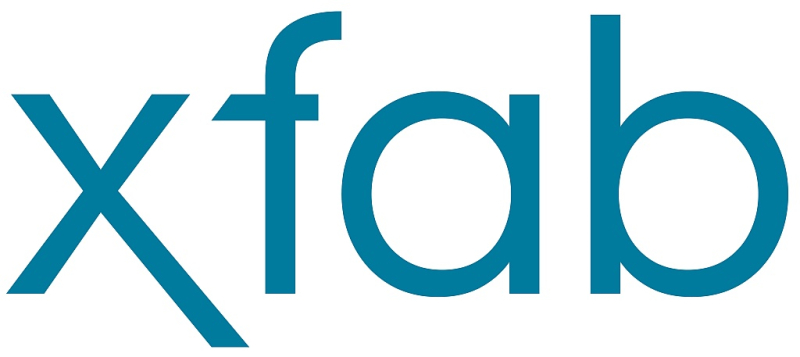 |
X-FAB Semiconductor Foundries GmbH |
Kittler, Gabriel
Coming Soon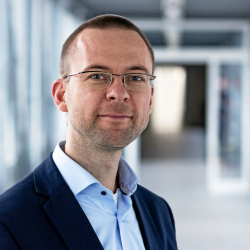
 Abstract Biography |
Integrated Photonics |
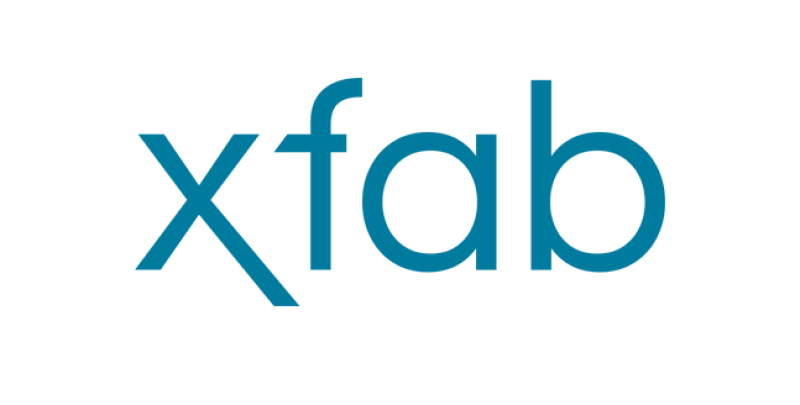 |
XFAB AG |
Mellin, Joni
PhotonixFAB – The EU-funded Pilot Line to Empower Photonics Innovations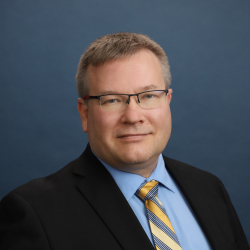
 Abstract Biography |
Integrated Photonics |
| Y | To top | ||
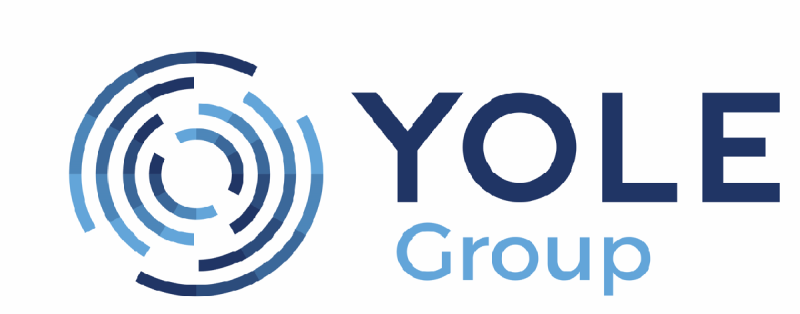 |
Yole |
Mouly, Jerome
Coming Soon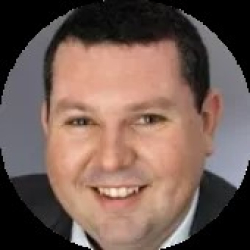
 Abstract Biography |
SMART Medtech |
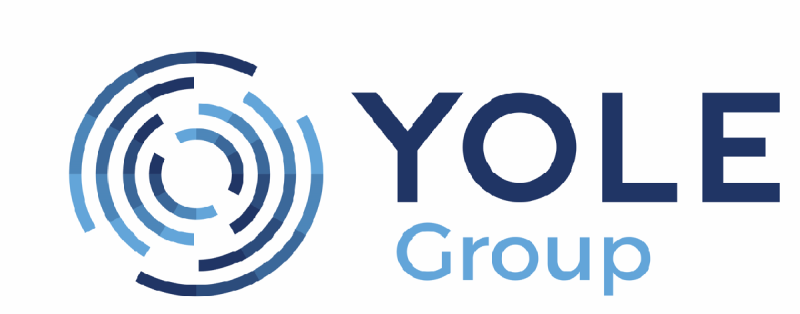 |
Yole Intelligence |
Yeghoyan, Taguhi
Atomic Layer Deposition for More-than-Moore Devices in a Perspective of the Wafer Fab Equipment Market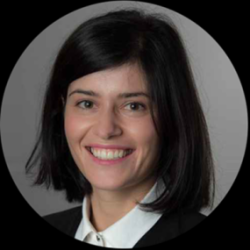
 Abstract Biography |
Beneq |
| Z | To top | ||
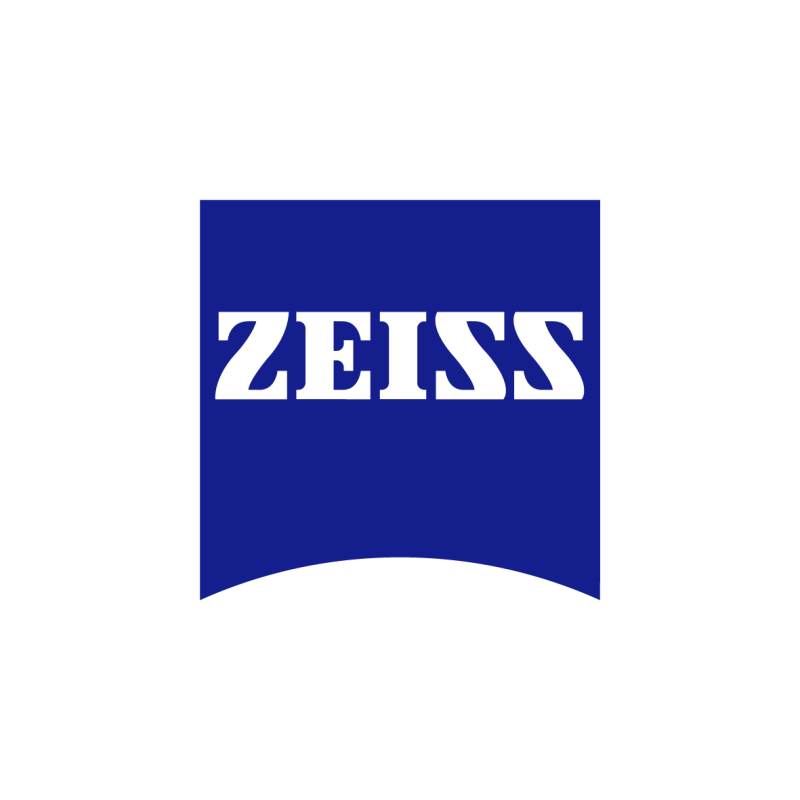 |
ZEISS Digital Innovation |
Wagner, Frank
Easy Integration of Machine Interface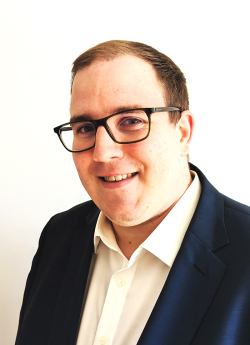
 Abstract Biography |
SMART Manufacturing |
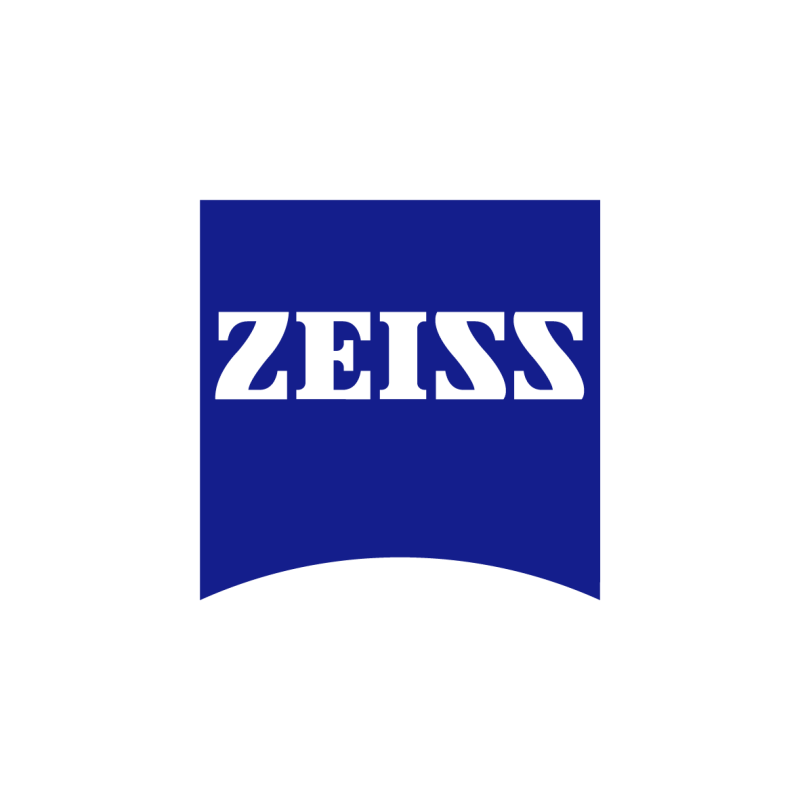 |
ZEISS Digital Innovation |
Hörr, Christian
Combining Physical and Virtual Metrology for Adaptive Process Control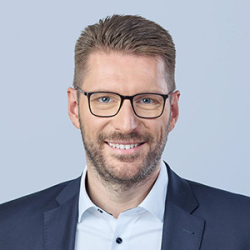
 Abstract Biography |
Fab Management Forum |